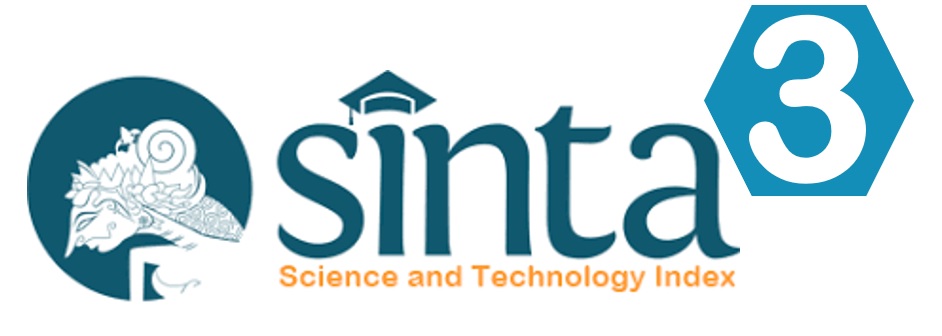The Maritime Historical Background Of Bogak Port (8-20 Century), Tanjung Tiram District, Batubara Regency, North Sumatera Province
DOI:
https://doi.org/10.32734/ijcas.v1i1.452Keywords:
cultural heritage, boat, ancient portAbstract
On January 2008 in the bank of the Bogak Beach, in the front of Fisherman Housing, Dusun XII Bogak Village, Tanjung Tiram District, Batubara Regency, North Sumatera Province found a boat. It was already researched that it was a heritage and related to that area in 18 century, and in that era was trade lines witches’ traders and fishermen from foreign countries sailed to Sumatera. Not only boat but also found Chinese ceramic and coins in 1734, 1752, 1760, 1780, 1781, 1788 and 1790 years. This paper tries to describe the role of Pantai Bogak Port at 18th Century until 20th Century in the east coast maritime, and to research the archaeological and historical resources in Tanjung Tiram Regency; to look for the authenticity from Batubara Regency, North Sumatera Province. It could be proud Indonesia, and give a horizon about the activities and the cultural human history in 18th century until 20th century.The data was from collecting data observation in the field, and to analysis data then to give recommendation. The information process is from collecting data about historical data and the archaeological data, and the collecting data was also used from the primer data through observation. The secondary data was from rapport, inventories register, study result, and from libraries.
Downloads
Downloads
Published
How to Cite
Issue
Section
License
Copyright (c) 2018 Lila Pelita Hati, Fitriaty Harahap, Suprayitno ., Mokhtar Saidin

This work is licensed under a Creative Commons Attribution-ShareAlike 4.0 International License.













